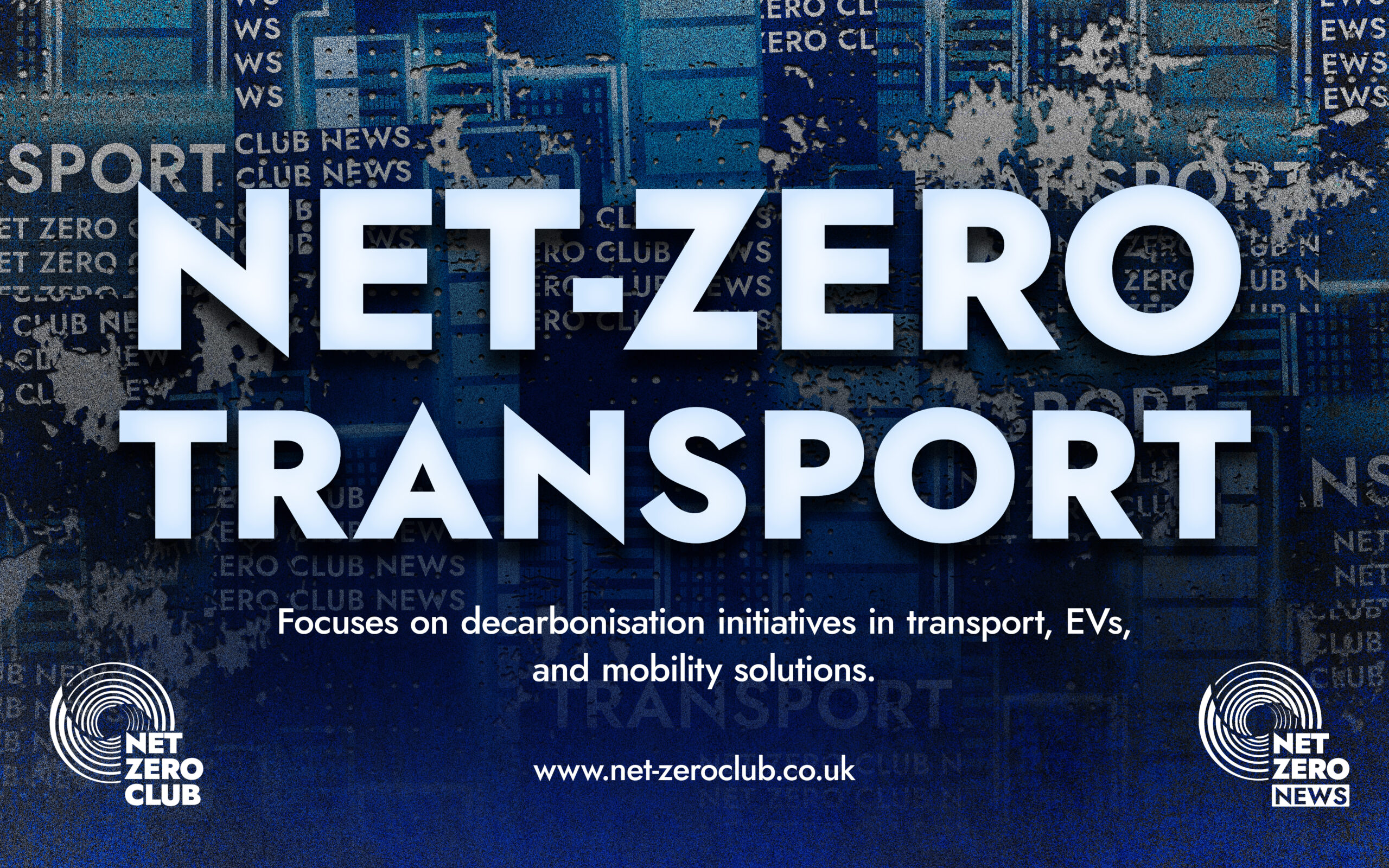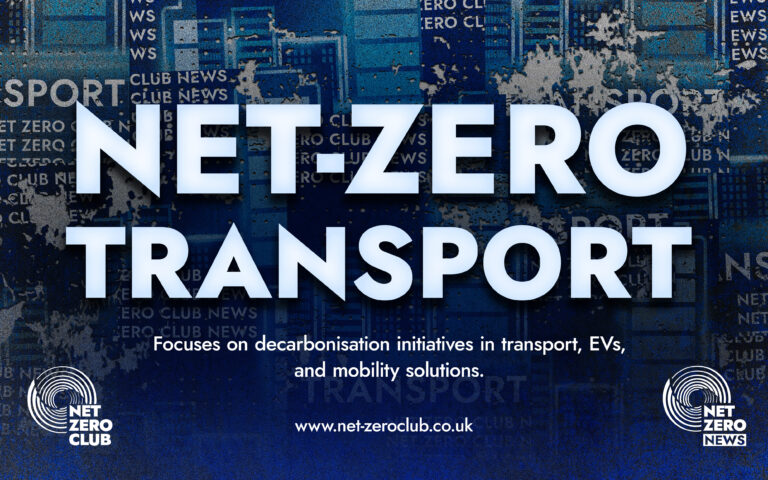Low Emissions Zones Drive Van Fleets to Alternative Powertrains

Welcome, Net Zero News readers,
In an era where environmental consciousness is more critical than ever, the transportation sector is witnessing a significant shift towards sustainable practices. Recent research highlights that compliance with low emissions zones is a primary motivator for van fleets to adopt alternative powertrains, particularly electric light commercial vehicles (eLCVs). This trend marks a pivotal change in the mindset of operators, especially those functioning within urban landscapes.
According to the latest findings from the 2025 Arval Mobility Observatory Barometer, a notable 32% of participants cited low emissions zone compliance as their main reason for transitioning to eLCVs. This figure reflects an increase from 23% in the previous year, indicating an escalating concern among operators regarding future clean air legislation and the potential restrictions on diesel vehicles in urban settings.
John Peters, the head of Arval Mobility Observatory in the UK, remarked on the implications of this shift: “This is a marked rise and suggests an increasing number of operators, especially those who work in urban areas, are concerned about future clean air legislation and their ability to access those locations with diesel vehicles. Simply put, electric vans provide the means to go anywhere within the likely scope of any potential legislation. They futureproof your fleet in this respect.”
But compliance with legislation is not the only reason driving this transition. The research also revealed several other significant factors influencing operators’ decisions. Notably, 30% of respondents highlighted the lower environmental impact of eLCVs as a key motivator. Additionally, 28% mentioned tax benefits, while 27% noted that the total cost of ownership is comparable to or even lower than that of internal combustion engine (ICE) alternatives.
Other motivations included fulfilling employee requests (23%), reducing fuel expenses (20%), anticipating future restrictive public policies (18%), improving company image (16%), and ensuring compliance with corporate social responsibility (CSR) policies (16%). These findings paint a comprehensive picture of the various incentives propelling the adoption of alternative energy vehicles within the van fleet sector.
Interestingly, Arval observed that for many of the parameters measured—such as lower environmental impact, tax benefits, and fuel expenses—there has been little to no change in responses from van operators compared to last year’s Barometer. Peters interpreted this as a sign of maturation in operator attitudes towards electric and alternative energy vans, stating, “There is a greater understanding of their operational advantages and a general sense of stabilisation.”
However, one area that did show a decline is the belief that the total cost of ownership for alternative energy vans has decreased in line with diesel vans, dropping from 31% to 27%. Peters explained, “This is quite a complicated subject. In some ways, the cost of operating electric vans has risen, including charging itself—but there are signs that others are falling, including potentially the purchase price of vans, while residual values have stabilised and become more predictable.”
Despite these complexities, the data suggests that operators perceive the overall costs of alternative energy vans as having risen compared to diesel, which could be a crucial consideration for those contemplating the switch.
As we delve deeper into the motivations and challenges faced by van operators in transitioning to alternative energy technologies, it becomes clear that the landscape is evolving. The drive for compliance with low emissions zones is just the tip of the iceberg. The shift towards eLCVs represents a broader commitment to sustainability, innovation, and corporate responsibility.
For those operating fleets, the decision to move towards alternative energy solutions is not merely a compliance exercise; it is an opportunity to lead in the green revolution. The benefits extend beyond regulatory compliance to encompass environmental stewardship, financial prudence, and enhanced corporate reputations.
As we continue to explore the implications of these findings, it is essential for fleet operators to remain informed and proactive. Understanding the trends and challenges associated with the transition to electric and alternative energy vans will empower businesses to make informed decisions that align with both their operational needs and the urgent demands of our planet.
In conclusion, the future of van fleets is undoubtedly electric. As legislation continues to evolve and the pressures for environmental accountability increase, the transition to alternative energy vehicles will not only be beneficial—it will be essential. By embracing this change, fleet operators can ensure they are not only compliant but also champions of sustainability in the transport sector.
Stay tuned with Net Zero News for more insights into the shifting landscape of sustainable transport, and let us all work together towards a greener future!

 Got net-zero news, project updates, or product launches to share?
Got net-zero news, project updates, or product launches to share? 